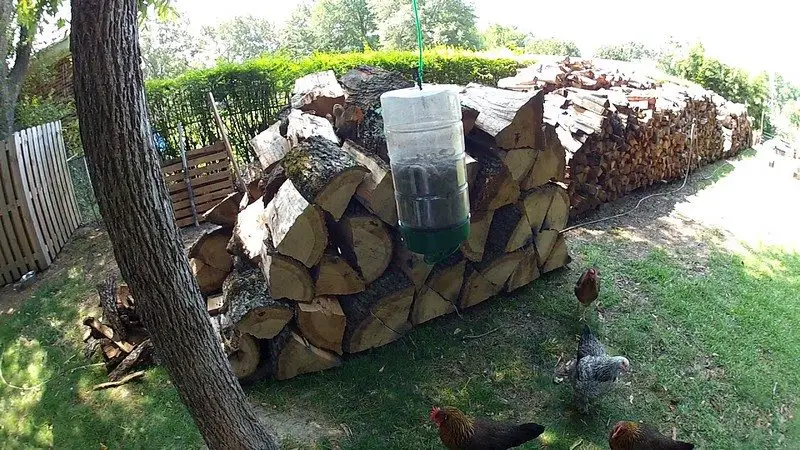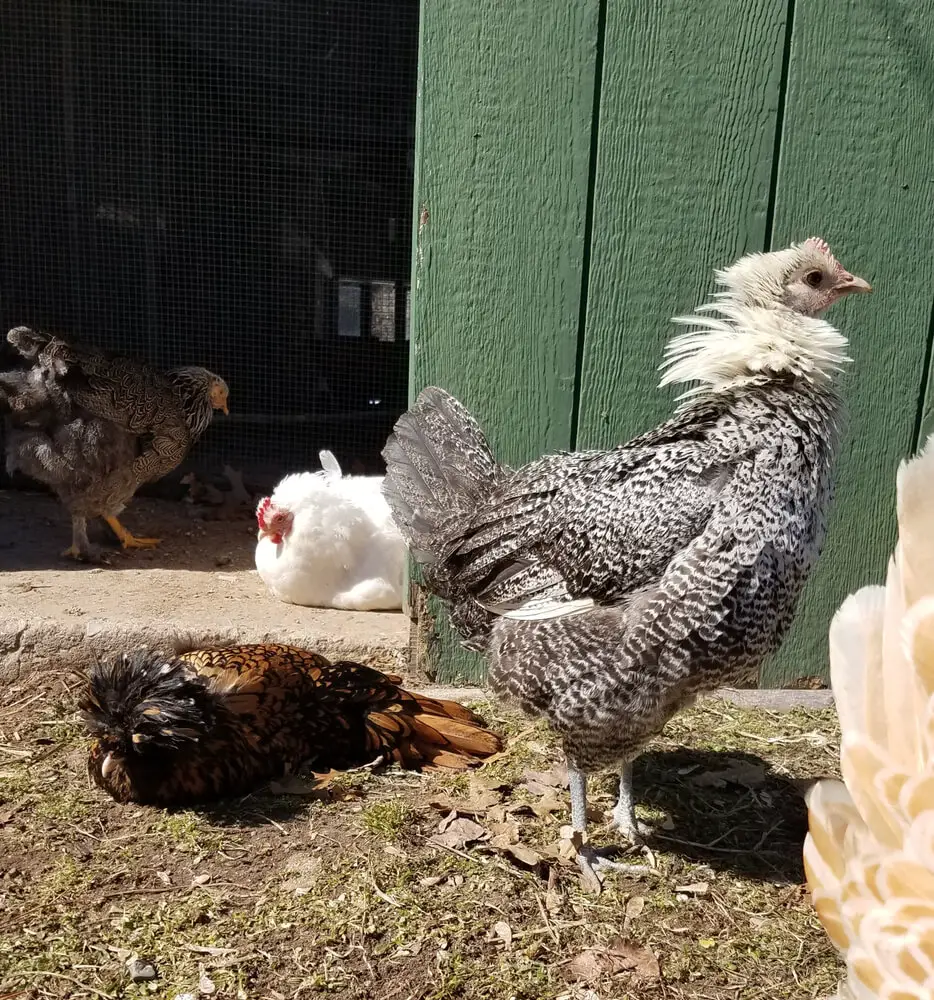This is probably the most frequently asked question in our e-mails. Many of you wonder how is it that a novice backyard chicken keeper can differentiate if his chick is going to become a hen or a rooster.
Well, we at the typesofchicken.com team have prepared this article with some of the most accurate ways for you to check. Keep in mind that there is no 100% accurate way for you to find this out without any professional help.
The typesofchicken.com team presents you with some of the most visible gender differences that you can notice on your chicks so you can find out what they will grow into.
1. Comb Size
The bigger the chick gets the more gender differences it will show. One of the best examples of this is the size of their comb. The comb of an up-and-coming rooster is usually bigger and with darker color than those of a female chicken.
2. Hackle Feathers
When a chicken gets around its sexual maturity (4-6 months old) it will start growing hackle feathers around its neck.
The hackle feathers of a rooster and those of a hen are very different and they can help you to easily differentiate the gender of your growing chicks. The hackle feathers of a rooster are long and pointy while those of a hen is shorter and round.
3. Tail Feathers (sickles)
Roosters of most breeds can be differentiated by their long and “fancy” tail feathers commonly referred to as sickles.
A normal rooster should have two sizes of sickles on his tail, the main sickles are on the top of his tail and are usually longer. The other- lesser sickles are the curvy ones that cover the sides of his tail.
4. Leg and feet size
This is one of the most commonly used methods to sex chickens, although this does not mean that it is completely accurate.
The roosters usually have longer legs and bigger feet than hens.
5. Posture And Attitude
After you get some experience in keeping chickens, you will start noticing a slight difference in the posture of your chicks.
When surprised roosters have a more proud posture and you will be able to distinguish it after a few generations of chicks.
Another sign of gender is the attitude of a chick.
In most cases, the male chicks will be more aggressive than the female chicks. We are not saying that pullets cannot be aggressive but this is more of a cockerel way of behaving that pullets.
There are more methods of sexing the chick but we at thetypesofchicken.com team do not prefer them.
Methods such as checking the gender from the egg shape (Many claim that the shape of the egg will tell you what kind of chicken will grow out of it, but we find this not accurate enough for the list above) and holding the chick upside down (When you hold a chick upside down the males will struggle the females will not, we recommend that you do not try this method because it is not good for your chicks and we believe it is not accurate AT ALL).
Scientists have also made major breakthroughs on this subject and we at the typesofchicken.com team recommend that if you want to be completely sure about the gender of your chicks that you wait it out and see or contact your local vet.



